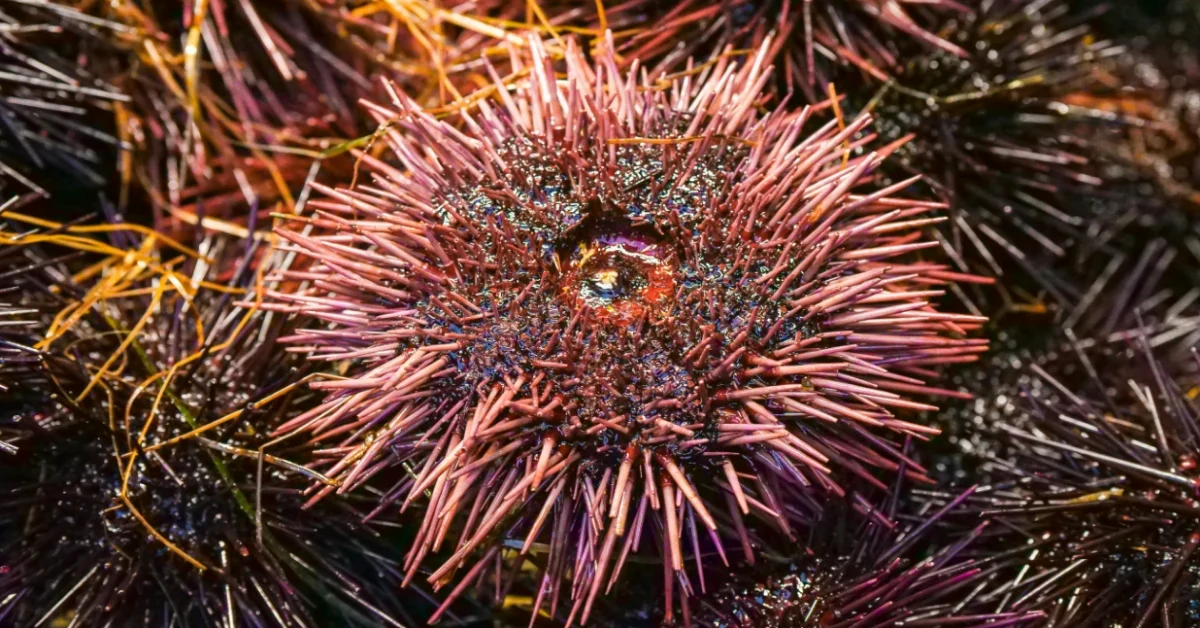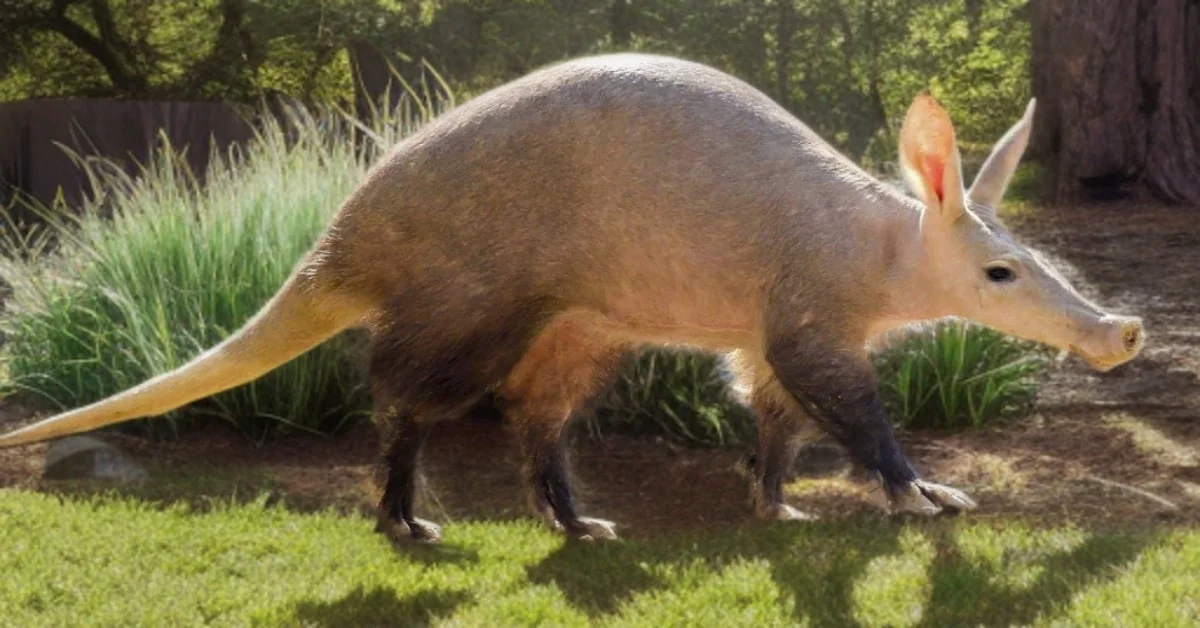Sea Urchin

Life Span
15–200 years
Top speed
2 in/min
Size
1–4 in
Weight
Up to 1 lb
Sea urchins are spiny, globe-shaped marine animals found in oceans worldwide. They belong to the phylum Echinodermata and play a vital role in marine ecosystems. These slow-moving creatures feed on algae, helping maintain underwater habitats. Despite their hard exteriors, sea urchins are vulnerable to predators like sea otters and starfish.
Sea Urchin Facts Overview
| Size: | 1–4 in |
| Weight: | Up to 1 lb |
| Top Speed: | 2 in/min |
| Food: | Algae, kelp, plankton |
| Color: | Purple, red, green, black |
| Location: | Oceans worldwide |
| Predators: | Otters, fish, crabs, starfish |
| Lifespan: | 15–200 years |
| Habitat: | Reefs, seabeds, kelp forests |
| Gestation: | External fertilization |
Sea Urchin Interesting Facts
Sea urchins have no eyes but can sense light through their entire body. Some species can live over 100 years, making them one of the longest-living marine creatures. They use tube feet for movement and have a unique jaw structure called Aristotle’s lantern, which helps them scrape algae off rocks and surfaces.
Sea Urchin Description
Sea urchins have a round, hard exoskeleton covered in spines. Their bodies are radially symmetrical, typically ranging from 1 to 4 inches in diameter. Most species have movable spines that provide defense and help with movement. Underneath, they have tube feet and a mouth, which they use for feeding and navigating rocky surfaces.
Sea Urchin Characteristics
These marine creatures have a rigid, calcium-carbonate shell called a test. Their spines vary in length and can be venomous in some species. Sea urchins possess five-fold symmetry, a water vascular system for movement, and tiny pincers called pedicellariae to keep their bodies clean. They rely on external fertilization for reproduction.

Sea Urchin Lifespan
The lifespan of sea urchins varies by species. Some live only a few years, while others, like the red sea urchin, can live over 200 years. Their longevity depends on environmental conditions, predation, and food availability. With proper care in captivity, they can live much longer than in the wild.
Sea Urchin Predators
Sea urchins face numerous predators, including sea otters, starfish, crabs, birds, and some fish species. Humans also harvest them for food, particularly in sushi dishes like uni. Their spines provide some protection, but predators like sea otters have developed methods to break through their hard shells.
Sea Urchin Habitat
Sea urchins thrive in various marine environments, from shallow coastal waters to deep-sea floors. They prefer rocky seabeds, coral reefs, and kelp forests where they can find algae to feed on. Some species adapt to sandy or muddy habitats, using their tube feet to anchor themselves.
Sea Urchin Distribution
Sea urchins are found in oceans worldwide, from tropical to polar regions. They are most abundant in temperate and tropical waters, where food sources like algae are plentiful. Some deep-sea species inhabit extreme environments, while others thrive in intertidal zones, where waves constantly expose them to changing conditions.

Sea Urchin Diet
Sea urchins primarily feed on algae, scraping it off rocks with their specialized mouthparts. Some species consume kelp, seagrass, plankton, or decaying matter. In aquariums, they eat dried seaweed or algae-based foods. Their diet plays a crucial role in maintaining the balance of marine ecosystems, especially in kelp forests.
Sea Urchin Behavior
Sea urchins are slow-moving creatures that use their tube feet and spines to navigate underwater surfaces. They are mostly nocturnal, feeding at night to avoid predators. Some species exhibit covering behavior, using shells or rocks for protection. Their movement is controlled by a water vascular system, enabling precise locomotion.
Sea Urchin Reproduction
Sea urchins reproduce through external fertilization. Males and females release eggs and sperm into the water, where fertilization occurs. The larvae, called pluteus, drift as plankton before settling on the ocean floor. Some species spawn seasonally, while others reproduce year-round, depending on environmental conditions and food availability.
Sea Urchin Scientific Classification
| Kingdom: | Animalia |
| Phylum: | Echinodermata |
| Class: | Echinoidea |
| Order: | Echinoida |
| Family: | Echinidae |
| Genus: | Strongylocentrotus |
| Species: | purpuratus |
| Scientific Name: | Strongylocentrotus purpuratus |
Animals for You
References
1. Sea Urchin Wikipedia Article – https://en.wikipedia.org/wiki/Sea_urchin





